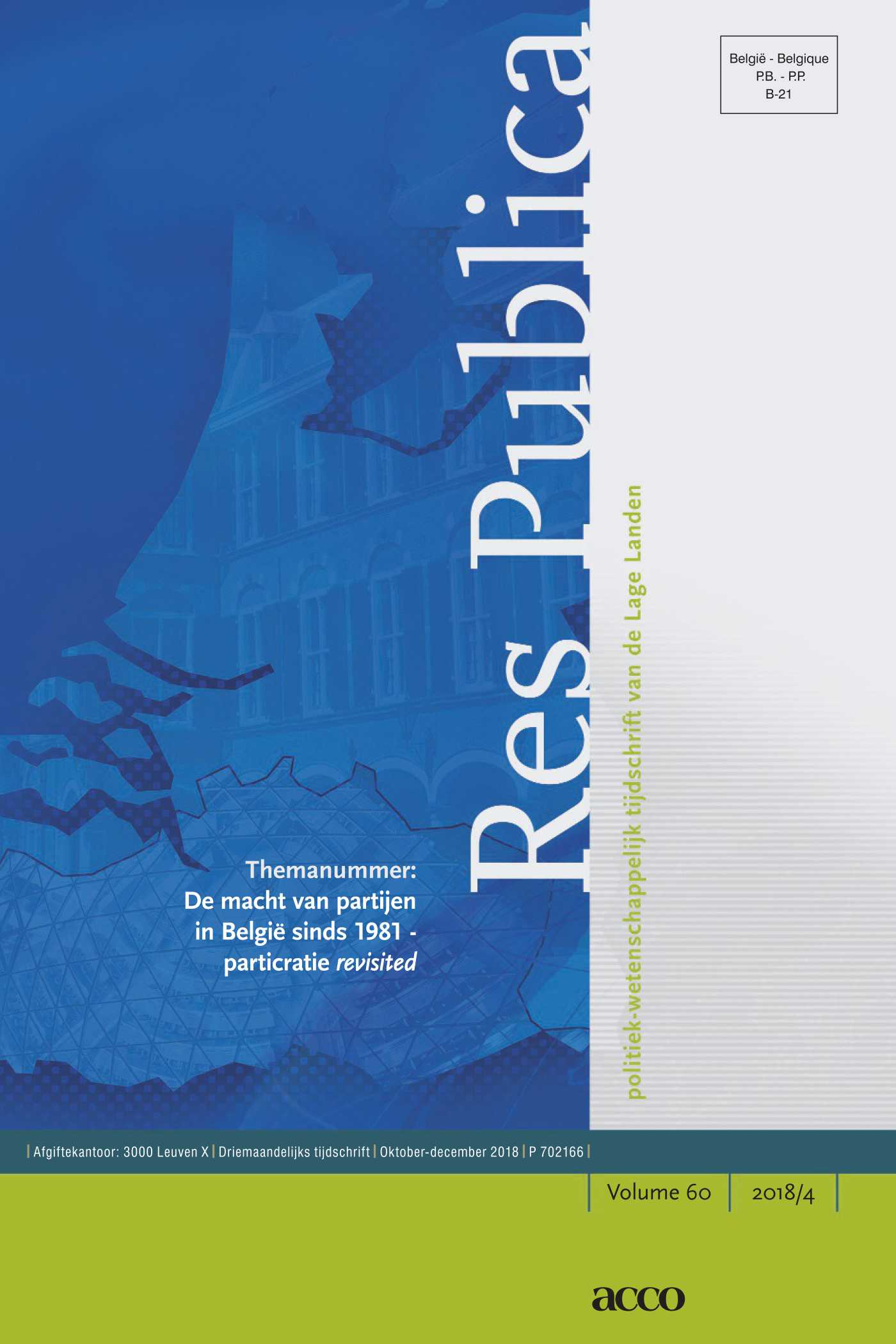|
This article describes the consensus and opposition in the Belgian Parliament (the Chamber) during 1985, a year of general elections. These phenomena are examined through the nature of voting patterns and the cohesion degree in the Chamber itself, between the ruling parties and between the parties in the opposition, as well as in the political parties itselves. The government vs. opposition gap is the dominant voting pattern. Unanimity counts for only 6 %, especially then in the final voting. VU and RAD/UDRT often join the majority vote. The dominant voting pattern is affirmed by the total Chamber cohesion degree: majority vs. opposition. The cohesion between the parties in opposition reaches lower than the majority cohesion degree. Cohesion in the fractions quotes higher in the smaller fractions, as well as in the fractions of the ruling parties. |


Res Publica
About this journalSubscribe to the email alerts for this journal here to receive notifications when a new issue is at your disposal.
Issue 3, 1986
Expand all abstracts
| Article |
|
| Authors | Mark Deweerdt |
| Article |
|
| Authors | Mieke Verminck |
| Article |
|
| Authors | Jozef Smits |
| Article |
|
| Authors | Mieke Verminck |
| Abstract |
| Article |
|
| Authors | Mark Platel |
| Article |
|
| Authors | Ivo Vanpol |
| Article |
|
| Authors | Ivo Vanpol |

 Issue 4
Issue 4